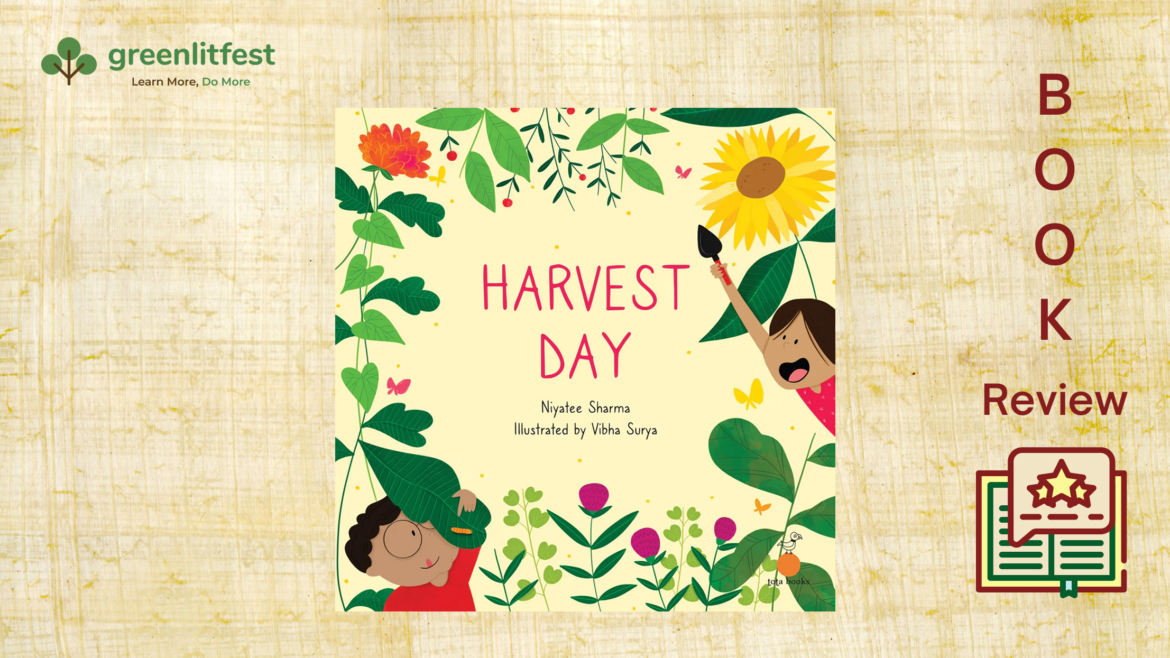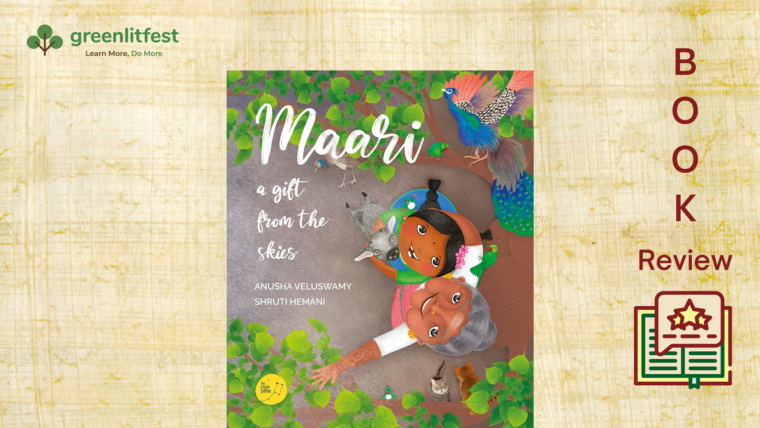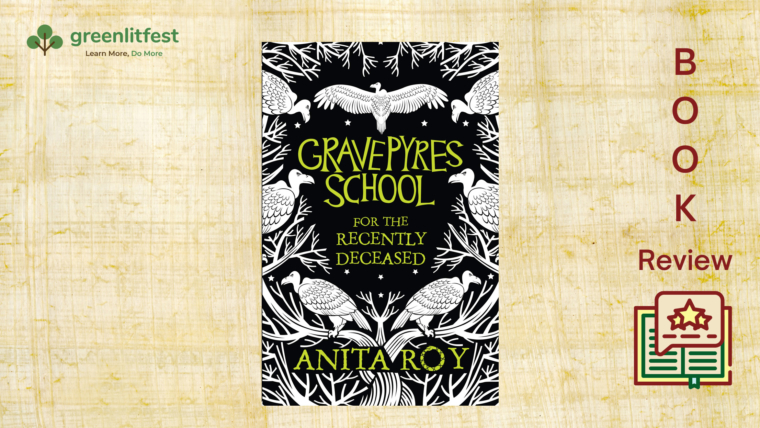Ready for Harvest
With the first rain of the season, everyone is eager to help baba sow seeds in their family’s vegetable garden. After they prepare the soil bed, baba gives Ananya, Veer and mummy, little packets of seeds to sow in their patch of the garden. However, what they are going to grow is a surprise as no one is told what seeds they are planting!
Harvest Day written by Niyatee Sharma takes readers on a joyous journey of a family revelling in the various stages of gardening. Each stage is a discovery. Baba and Veer’s plants grow tall while mummy’s sapling turns out to be a creeper, which needs the support of a stick. To Ananya’s dismay, her seeds only reveal leaves that shoot directly out of the ground. Baba, Veer and mummy’s plants soon sprout flowers that are visited by birds and insects. Over time, vegetables begin to grow on their plants. However, Ananya’s plant neither grows any flowers or vegetables, nor does it invite insects. It only continues to grow bigger and bigger leaves. What is this plant that she has sowed?
The book is bound to invoke a delightful curiosity in readers, inviting them to share in the joys and pains of growing and harvesting food. Its message is multi-layered, subtle and embedded deftly within the narrative. Gardening can be an extremely beneficial and rewarding activity for children. It demonstrates how food is grown and where it comes from, and makes them aware of the immense effort behind the food that reaches their tables. It also inculcates a sense of responsibility and focus, something we see Ananya do as she tends carefully to her seeds. In a fast-paced world, it offers valuable lessons in patience – every seed grows at its own pace. No amount of coaxing can make it grow any faster or differently! The ‘fruits’ of this labour, as the story shows, can be extremely gratifying.
The author must be commended for including an interesting diversity of vegetables grown during the monsoon and showing an entire family engaged in gardening, with the father taking the lead.
The book is an easy and enjoyable read, although in many places, the text could have been tighter. Also, even though it begins with a reference to the first rain of the season, it is somewhat puzzling to find no mention of rainfall in the remaining narrative. In fact, barring Ananya’s anxiety around the progress of her plant, the book doesn’t refer to any of the challenges involved in gardening and harvest day arrives without much event. This is a bit of simplification that could have been avoided by adding a few details around the vagaries of weather or the danger posed by creatures such as birds, squirrels and ‘unfriendly’ insects. Perhaps, educators or parents reading this book to children, could include such points in their telling. The book ends with a recipe for beetroot salad. However, this appeared to be an odd choice. The author could have, instead, included a primer on horticulture, basic equipment needed for gardening, tips to grow one’s own vegetable patch or just a handy list of various vegetables grown during the monsoon.
The colourful illustrations by Vibha Surya add to the appeal of the book and sit well with the other picture books – Tomato Flood and The Tomato Thief – that the author has written around the theme of gardening. Her interest in the subject is amply evident in all these books and one hopes to see other stories from her, around tilling the land and growing gardens in urban homes – a most timely concern, given the global urgency around food security.
By Aparna Kher



